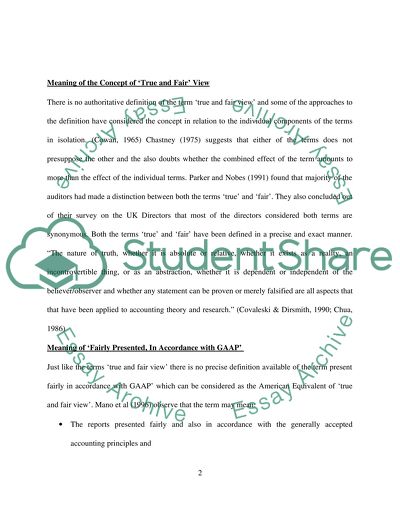Cite this document
(A Study of the History and Meaning of True and Fair Case, n.d.)
A Study of the History and Meaning of True and Fair Case. Retrieved from https://studentshare.org/law/1515154-true-view-and-fair-presentation
A Study of the History and Meaning of True and Fair Case. Retrieved from https://studentshare.org/law/1515154-true-view-and-fair-presentation
(A Study of the History and Meaning of True and Fair Case)
A Study of the History and Meaning of True and Fair Case. https://studentshare.org/law/1515154-true-view-and-fair-presentation.
A Study of the History and Meaning of True and Fair Case. https://studentshare.org/law/1515154-true-view-and-fair-presentation.
“A Study of the History and Meaning of True and Fair Case”, n.d. https://studentshare.org/law/1515154-true-view-and-fair-presentation.


